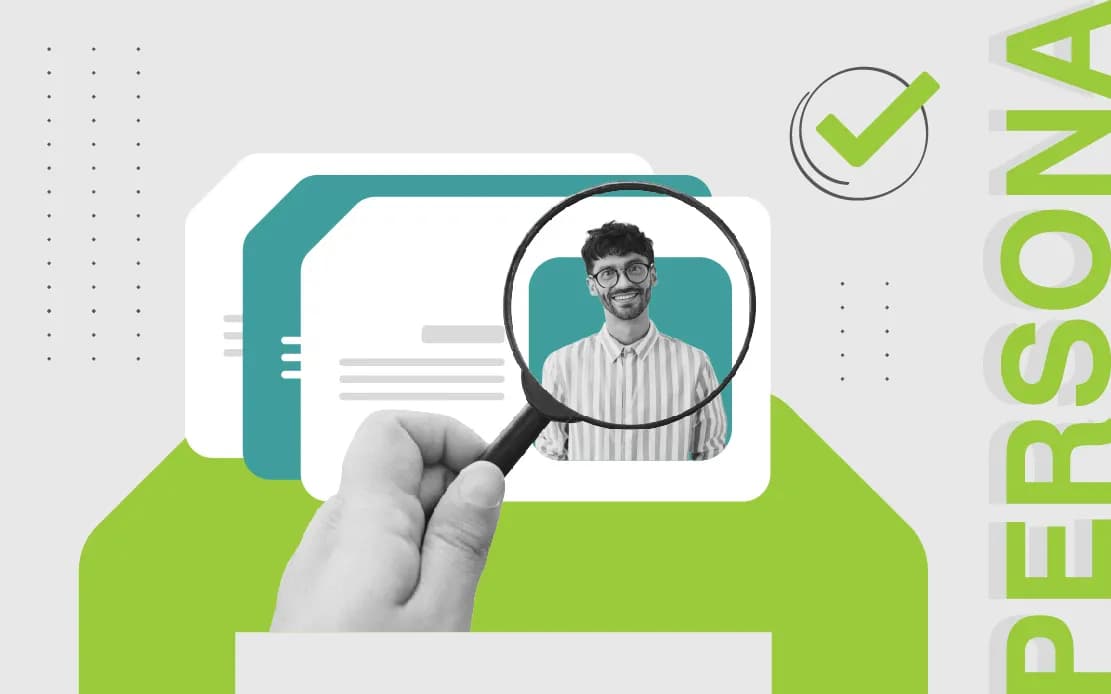How to Design an Effective Persona
 Introduction
IntroductionPersona design is a fundamental tool in the process of developing products and services. It enables designers to gain deeper insights into users, helping them better understand their needs and preferences. Utilizing personas ensures design decisions are based on real data, reducing design risks and improving user experiences.
DefinitionPersonas are fictional characters created based on research to represent various user types that might interact with a service, product, website, or brand similarly. They add a human touch to the cold facts of research. Personas are also known as model characters or composite characters.
CharacteristicsCreating personas helps designers comprehend user needs, experiences, behaviors, and goals. Personas allow designers to step outside their own perspective and recognize that different individuals have varied needs and expectations. They also foster familiarity with the target audience, offering meaningful archetypes that can guide design evaluation and ideation processes.
Personas assist designers in asking the right questions and tailoring their designs to meet the needs of their intended audience. They bring complexity to design work, steer brainstorming sessions, and ultimately enable the creation of excellent user experiences for the target demographic.
 Types of Persona Approaches
Types of Persona Approaches- 1- Goal-Driven Personas:
- The key question in this approach is: What does the average user want to achieve with the product? This method focuses on analyzing how users prefer to achieve their goals when interacting with a product or service. Goal-driven personas aim to align design with user needs and preferences throughout their journey to accomplish objectives. This approach assumes adequate user research has been conducted to establish the product's value to users. By examining their goals, designers can bring their needs to life. Goal-driven personas are based on the perspectives of Alan Cooper, an American software designer widely regarded as the "Father of Visual Basic."
- 2- Role-Based Personas:
- Role-based personas focus on users' behaviors and are deeply data-driven, incorporating both qualitative and quantitative insights. This method emphasizes users' roles within organizations or broader contexts, shaping the product's design to reflect their responsibilities, tasks, and the environments in which it will be used. Key questions for this approach include:
• Where will the product be used?
• What is the purpose of the role?
• What tasks will it perform?
• Who is impacted by this role’s tasks?
Prominent advocates of this method include Jonathan Grudin, John Pruitt, and Tamara Adlin. - 3- Engaging Personas:
- Lene Nielsen argues that engaging persona design leverages storytelling to foster empathy and insight. This method aims to move beyond stereotypical portrayals, immersing designers in the lives of their personas to create realistic, relatable characters.
Engaging personas help designers create three-dimensional symbols of users, incorporating emotions, psychology, and personal backgrounds. Nielsen emphasizes that storytelling makes personas come alive, driving designers to keep them central throughout the design process and ensuring products meet user expectations.
 10 Steps to Create Effective Personas and Scenarios
10 Steps to Create Effective Personas and Scenarios- 1- Data Collection:
- Gather as much information as possible about users through high-quality user research focusing on the target audience.
- 2- Form Hypotheses:
- Based on initial research, develop general ideas about user groups and the ways they differ within the project scope.
- 3- Test Hypotheses:
- Validate or refute assumptions by engaging project participants and comparing hypotheses with existing knowledge.
- 4- Determine Quantity:
- Decide how many personas to create. While multiple personas may be necessary, one primary persona should always take precedence.
- 5- Describe Personas:
- Ensure personas are described in a way that fosters empathy and a deep understanding of user needs and goals.
Key components of persona descriptions include:- Education, lifestyle, interests, values, goals, needs, and constraints
- Behavioral patterns and attitudes
- A fictional name and personal details
- 1–2 pages of narrative

 Basic Information:
Basic Information:Kristie, 23, lives in a small apartment in Toronto, Canada. She is a single anthropology student who works part-time as a waitress.
Interests and Values:Kristie loves traveling and experiencing different cultures. She recently volunteered in Rwanda during her summer break. She enjoys quiet evenings reading and prefers small gatherings with friends. While not particularly fashion-conscious, she values sustainability and personal growth.
Tech Usage:Kristie owns a MacBook Air, an iPad, and an iPhone. She relies on the internet for research and entertainment, preferring streaming over traditional TV, which she finds outdated.
Goals:Kristie dreams of combining work and travel, ideally in a role where she can help others in developing countries.
By following these steps and approaches, designers can develop personas that bring clarity and direction to the design process, ultimately leading to better user-centric solutions.